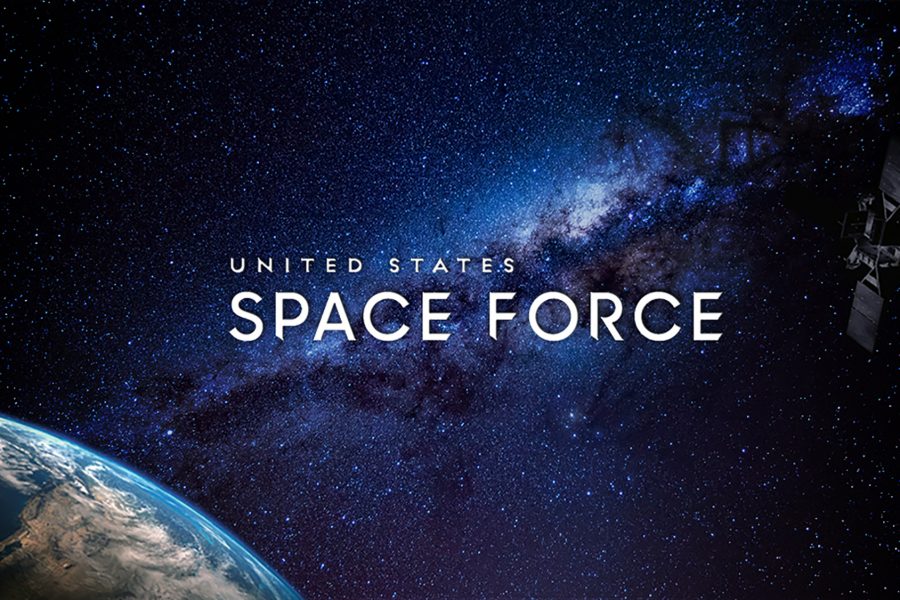New opportunities will open up for intelligence Airmen who opt to join the Space Force, intel officials said in a recent livestream.
Space intelligence is one area the military wants to expand and refine as a result of creating a new armed force focused on the cosmos. The Space Force envisions building its own core intel capabilities, separate from the Air Force, to better identify what and where objects are in space and if they threaten U.S. assets. The career field will work with the National Reconnaissance Office in new ways, encompass space-based ISR of the Earth below, and is pushing into cislunar orbit as well.
In March, the Air Force listed several intelligence organizations that are newly assigned to the Space Force. Some officials have suggested that the National Air and Space Intelligence Center could ramp up its help for the Space Force or spin off a separate space-focused center as well.
The Space Force is considering how Airmen could work in multiple career fields to broaden their understanding of the space domain, according to Col. Suzy Streeter, the service’s ISR director. Building the new service from scratch allows it to shake up its leadership echelons and let intel professionals hold command positions usually taken by the Airmen who operate satellites, said Brig. Gen. Leah Lauderback, U.S. Space Command intelligence, surveillance, and reconnaissance boss.
Adding different perspectives to Space Force leadership depends in part on how Airmen transfer in and plan out their career paths.
One staffing option gaining traction is having every member of the Space Force start as a space operator, or 13S. Someone could serve as a space operator for the first four years, move into intelligence for 10 years, and then decide whether to jump back into space operations or remain in intel, according to the presentation’s slideshow.
“That will give, really, a more integrated approach as you’re looking at futures, including, quite frankly, the chief of space operations,” Streeter said. “Why not have that open to whoever is a space professional?”
She noted that option would not be offered immediately, but could take effect after three to five years.
Another option mirrors a more traditional Air Force intelligence career path. An Airman would enter the Space Force as a 14N intelligence officer and remain so for the rest of their career, with short tours in other areas like acquisition. They could still dabble in space operations as an exchange tour, according to the slideshow, which noted that “future capabilities need ISR visionaries.”
The service also suggested bringing in new recruits from the other services and industry and starting them as captains and majors. That could prove particularly beneficial for targeting, intel collection management, and cyber operations. On the enlisted side, the slideshow said changes may include streamlining the operations intelligence and cryptologic analysis fields.
Selection boards staffed by senior Air Force and Space Force leaders will begin for most space career specialties in October. Those panels will decide which intel, acquisition, and other space professionals should join the new service starting Feb. 1, 2021.
The service is still debating how to tackle the promotion process. As of now, the plan is to use the Air Force’s system for the first year or so, until the Space Training and Readiness Command is ready, then move to a new process tailored to the Space Force. In the meantime, a Space Force official could sit on Air Force selection boards for information warfare promotions—the same pool of intel employees who could transfer services—to offer that perspective until STARCOM is up and running.
Officials aren’t sure if promotions will be based on specialty code or if everyone will be part of the same pool. The Air Force is now promoting officers in six categories based on what kind of job they have, instead of considering everyone who is up for a promotion in one large pool.
Intel experts could move to a different batch of bases as well. New locations will open up for intelligence assignments that weren’t previously used by Air Force Space Command, the Space Force’s predecessor. Those include Nellis Air Force Base, Nev.; Lackland Air Force Base, Texas; Fort Meade, Md.; Wright-Patterson Air Force Base, Ohio; and spots at the Pentagon and in Chantilly, Va.
All intelligence Airmen can apply to join the Space Force, whether they worked for Air Combat Command, Air Force Space Command, or another USAF organization. They do not need space experience to transfer into the Space Force, but it can’t hurt.
“It is likely that the [selection] board will be looking for personnel with a wide range of experiences, to ensure that USSF does not pigeonhole itself into one way of thinking,” the slideshow said. “If you are approved for transfer, you may elect to change your mind.”
The Space Force is accepting transfer applications from intel Airmen through May 31. Lauderback said that even though eligible officers and enlisted personnel were supposed to receive an email about the transfer process on May 1, some didn’t get that invitation.
Officials urged Airmen to join the new service, noting there probably will not be another open call for volunteers once May ends.
“Space Force will evaluate the need for more transfer opportunities after the initial transfer process is complete,” according to the slideshow. “However, no other application windows are planned at this time.”
